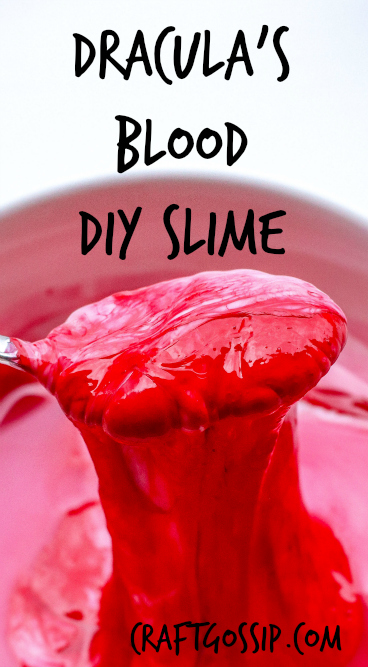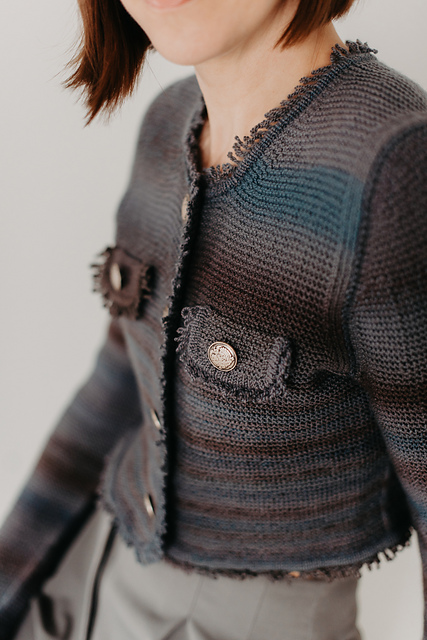
This DIY Slime is the perfect activity for a Halloween party or for a Halloween Party prop. Make Dracula his own dripping blood to walk the streets with. This Blood Red Halloween Slime is going to be a big hit!
Slime is a great sensory activity for Kids of all ages.
What happens when you make slime? Apart from a gooey mess I mean. The glue has an ingredient called polyvinyl acetate, (PVA Glue) which is a liquid polymer. The borax or liquid starch depending on which you use connects the polyvinyl acetate molecules to each other, creating one large conjoined flexible polymer.
Slime is making a comeback this year so be sure to include some slime in your Christmas gift lists. We created this roundup of 30+ Christmas themed slimes you can DIY including Free printable slime gift tag labels.
1/4 cup of water
1/2 cup of clear glue or 1/2 cup of white school glue
Red Food coloring
Disposable Plastic Cups and spoons
1/4 cup of liquid starch (laundry section of Supermarket)
Directions:
Pour glue into a plastic cup, add the food coloring and mix well with the spoon.
Add your liquid starch. You need to work fast as the slime will start to form immediately. Stir for about 20 seconds, then take out of the cup and start kneading the mix, it will be sticky at first but will start coming together.
The mixture will start to thicken immediately. If it is still sticky add a few more drops of the liquid starch, keep doing this until it all comes together.
Store in an air-tight container.

This post contains affiliate links, when you shop via the link above we get a small kick back in change to fund our own slime habits.
Looking for more DIY Slime recipes? Check out these other Slime posts we wrote.
Slime is a great stress reliever as well as an educational tool, not only does it teach science but it is hands-on , which means children are using their fine motor skills to make and or play with slime.
Check out our Amazon gift guide for kids who love slime, we basically sourced all the best Slime gifts, Slime kits, Slime supplies and Slime merchandise and crammed it all into one gift guide. Slime Lovers Gift Guide.
